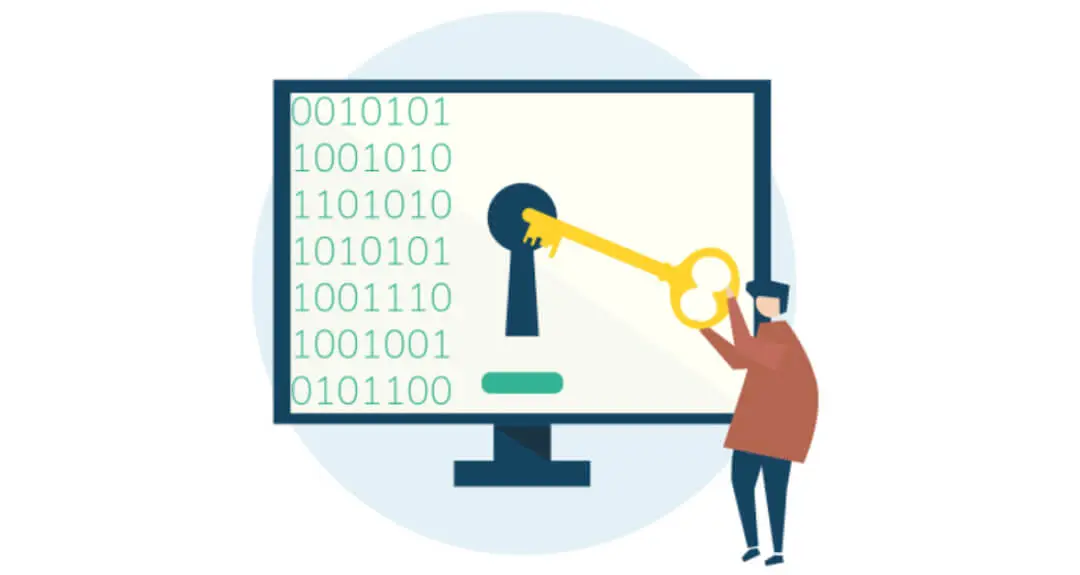


User roles and permissions are critical components of loan management software (LMS) that significantly enhance security. By defining specific roles and assigning permissions, organizations can effectively control access to sensitive information and functionalities within the loan software. Here’s how user roles and permissions improve security in loan management software:
Loan management software implements role-based access control, which allows administrators to define user roles such as loan officers, underwriters, and administrators. Each role has specific permissions that determine what actions users can perform within the loan software. For example, loan officers might have access to view and manage loan applications, while underwriters may only have permission to approve or deny loans. This minimizes the risk of unauthorized access to sensitive data.
By restricting access to sensitive customer and financial data, loan management software helps protect against data breaches and unauthorized disclosures. For instance, only authorized personnel can access personally identifiable information (PII) and financial records, ensuring compliance with regulations such as GDPR and HIPAA.
Loan management software often includes logging and audit trails that record user activities. By monitoring who accessed what information and when, organizations can quickly identify any unauthorized attempts to access sensitive data. This feature also aids in compliance audits and helps ensure accountability among users.
Implementing user roles and permissions helps in maintaining segregation of duties, which is essential for reducing fraud and errors. For instance, one user may be responsible for inputting loan information while another user is responsible for approving loans. This separation ensures that no single user has complete control over critical processes, thus enhancing security.
Loan management software allows for scalability and flexibility in managing user roles and permissions. As organizations grow or change, they can easily add or modify user roles and adjust permissions accordingly. This adaptability helps maintain security as new users are on boarded or as business processes evolve.
When user roles and permissions are clearly defined, each user knows their responsibilities and limitations. This clarity fosters accountability, as users are aware that their actions are monitored and recorded. This awareness can deter malicious behavior and promote adherence to security protocols.
With clearly defined roles and permissions, organizations can provide targeted training for users based on their specific responsibilities within the loan management software. This training helps users understand the importance of security measures and how to use the software safely, further reducing the risk of security incidents.
In summary, user roles and permissions play a vital role in enhancing the security of loan management software. By implementing role-based access control, protecting sensitive data, maintaining audit trails, ensuring segregation of duties, and fostering user accountability, organizations can effectively safeguard their loan processes. As a result, adopting robust user roles and permissions within loan software not only mitigates security risks but also enhances overall operational efficiency.